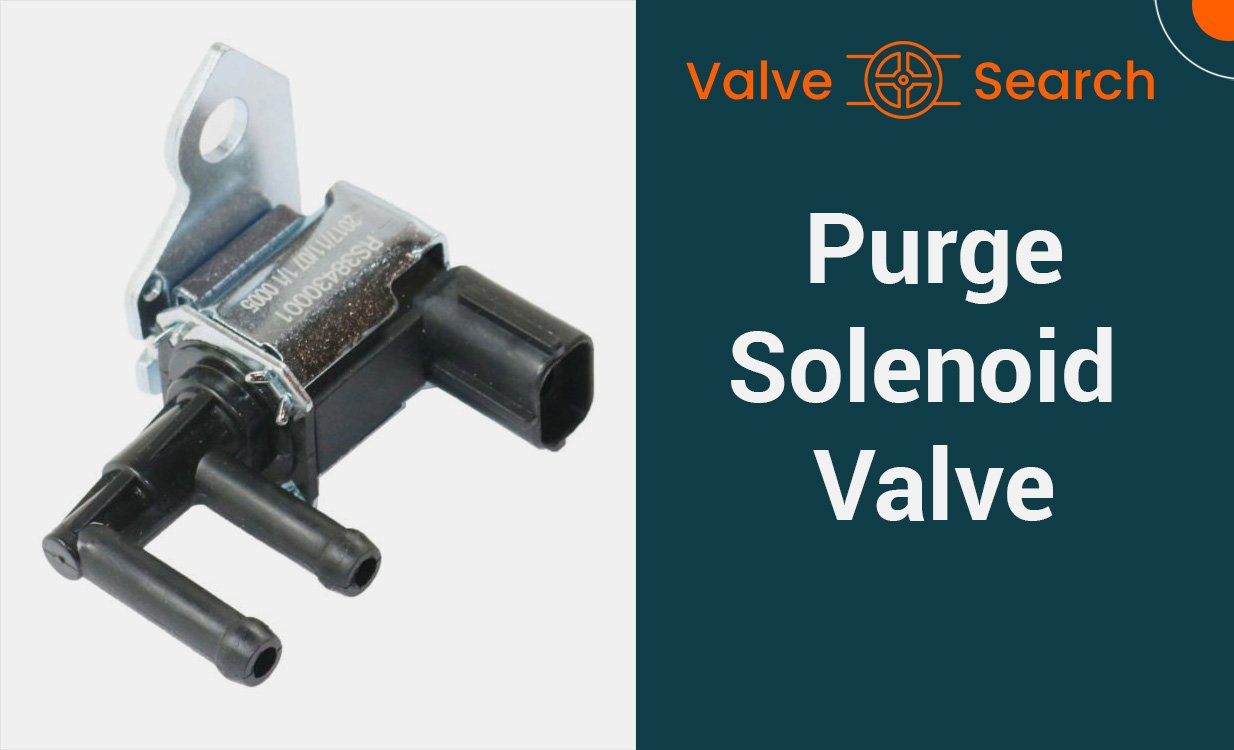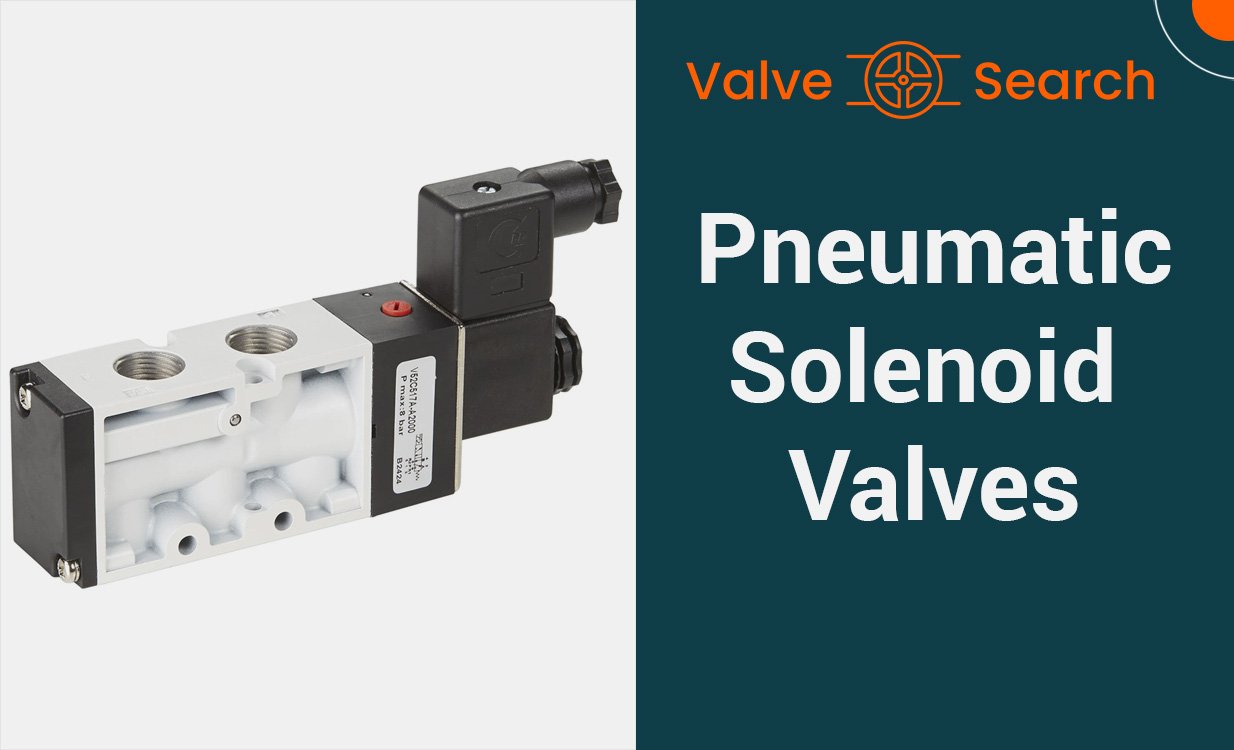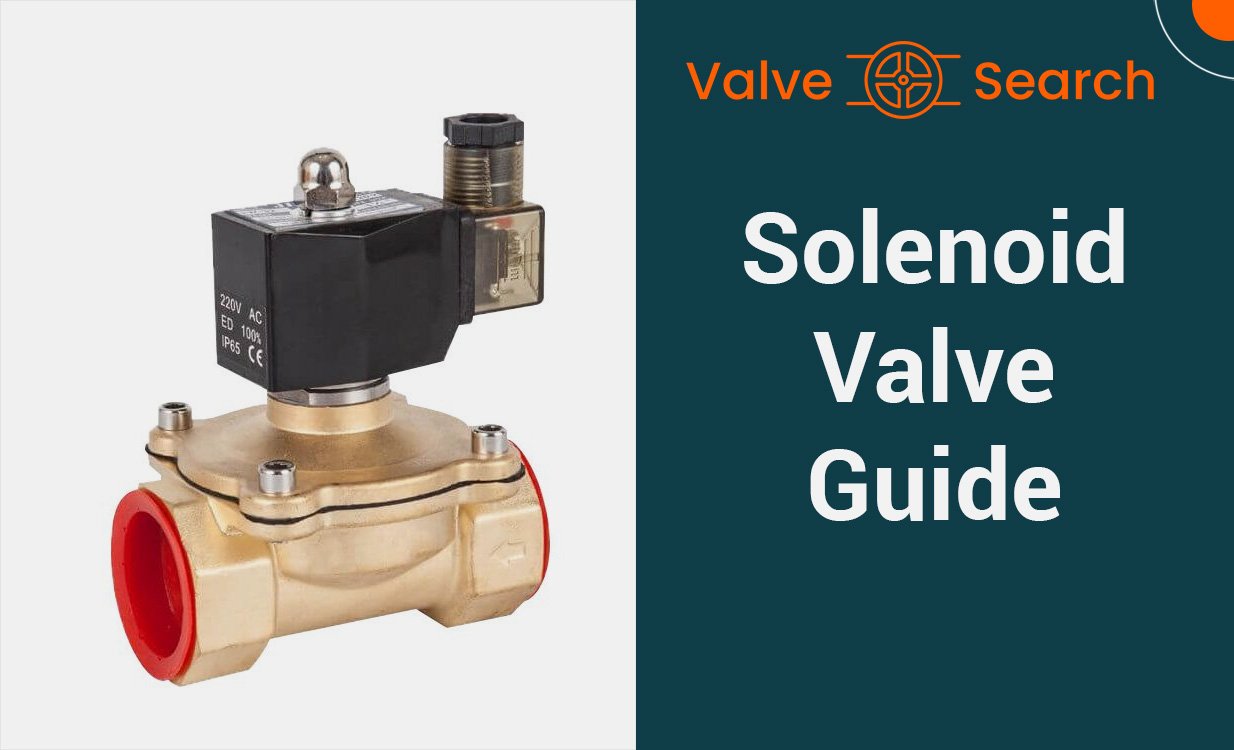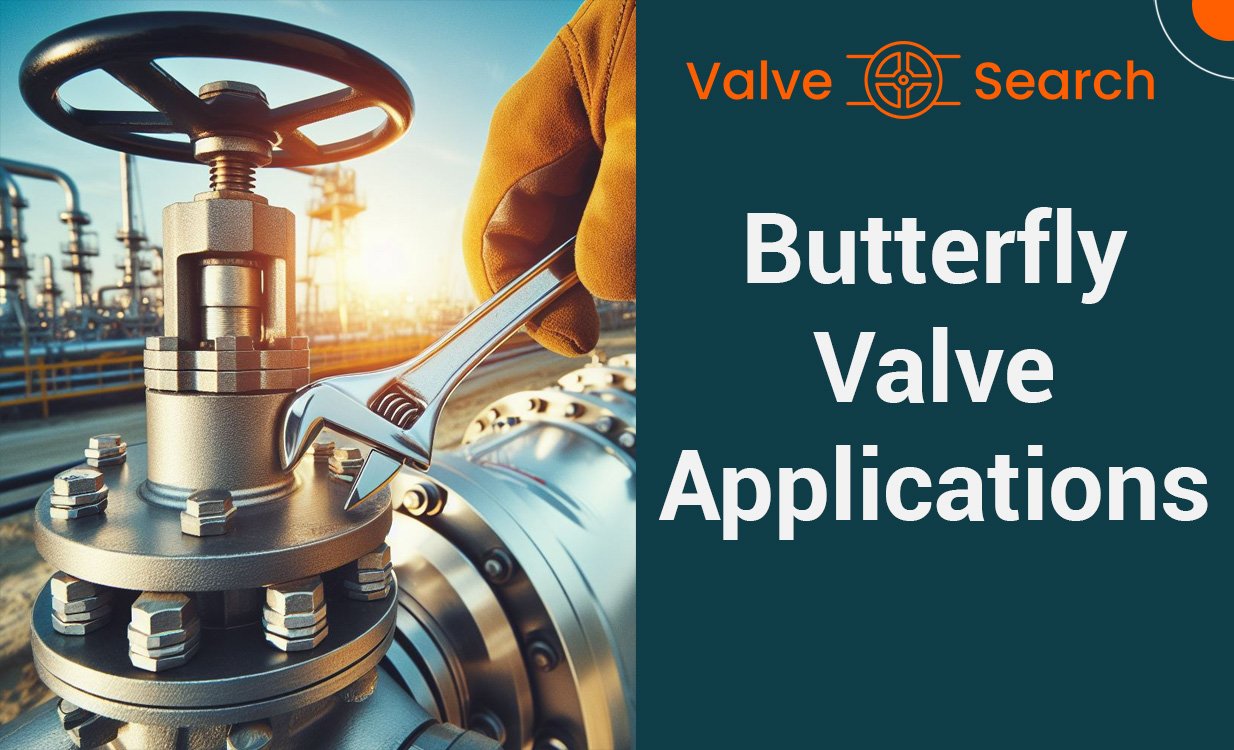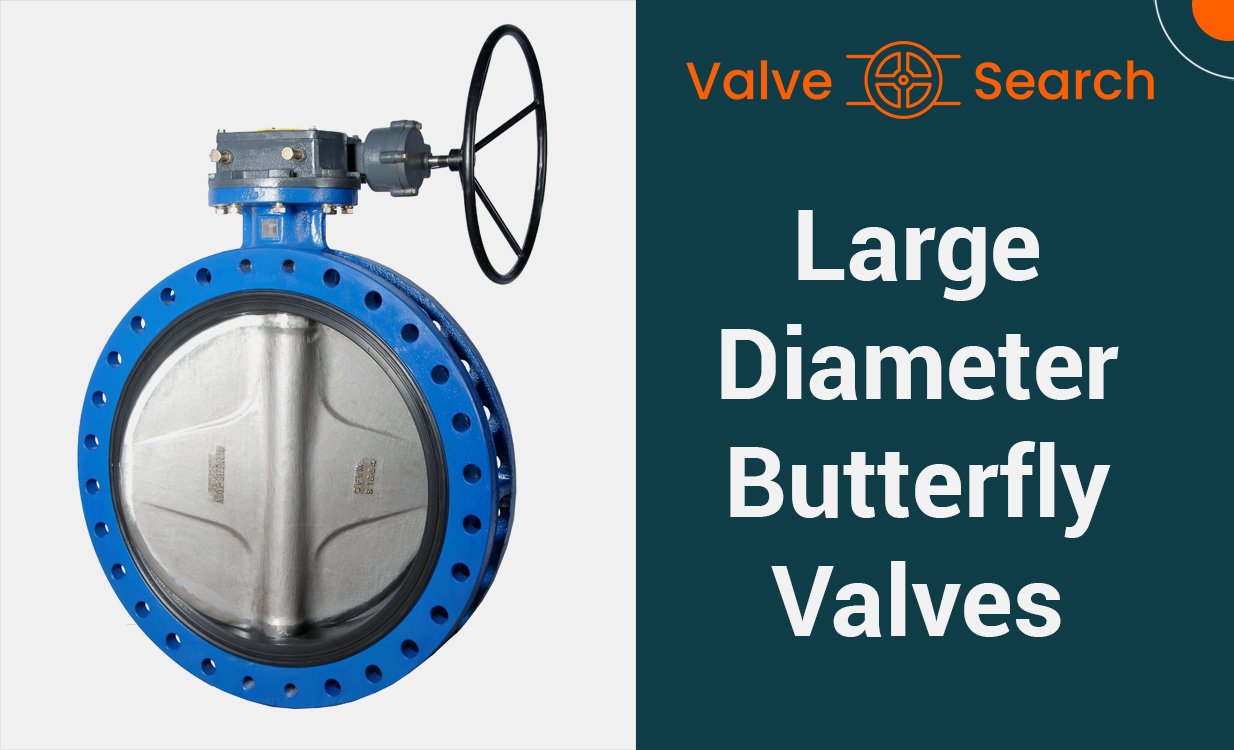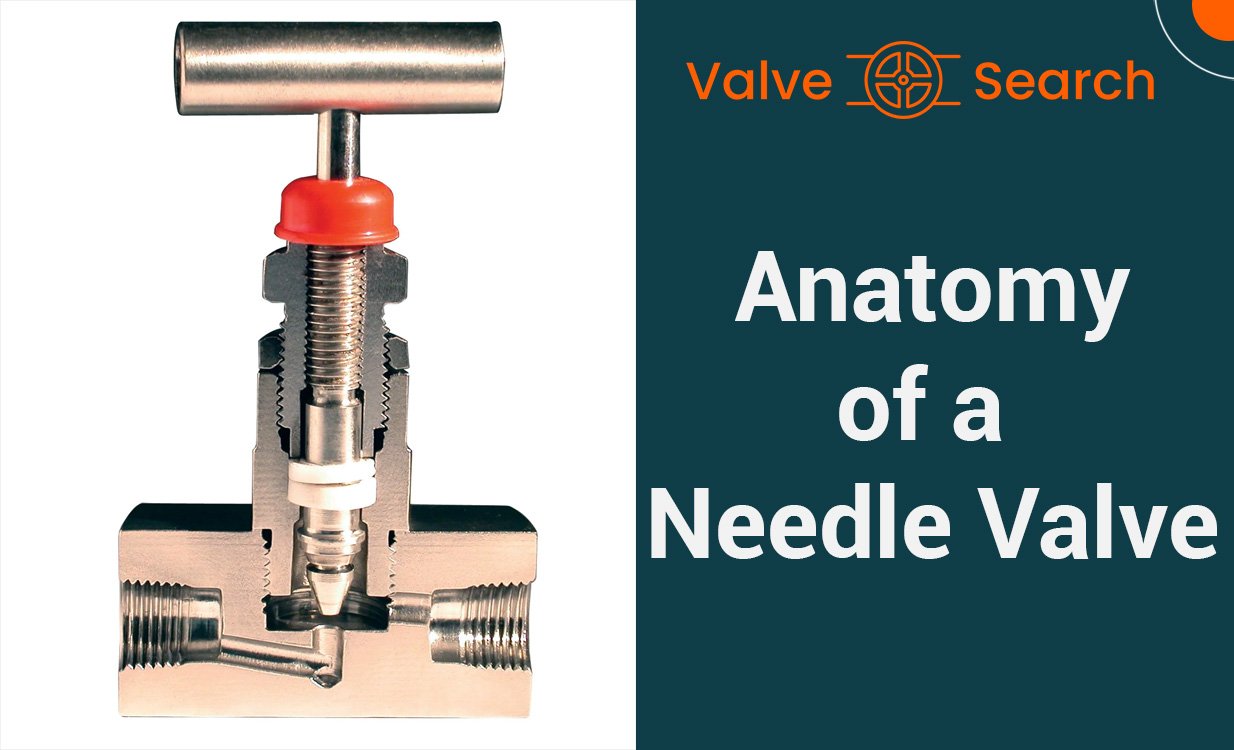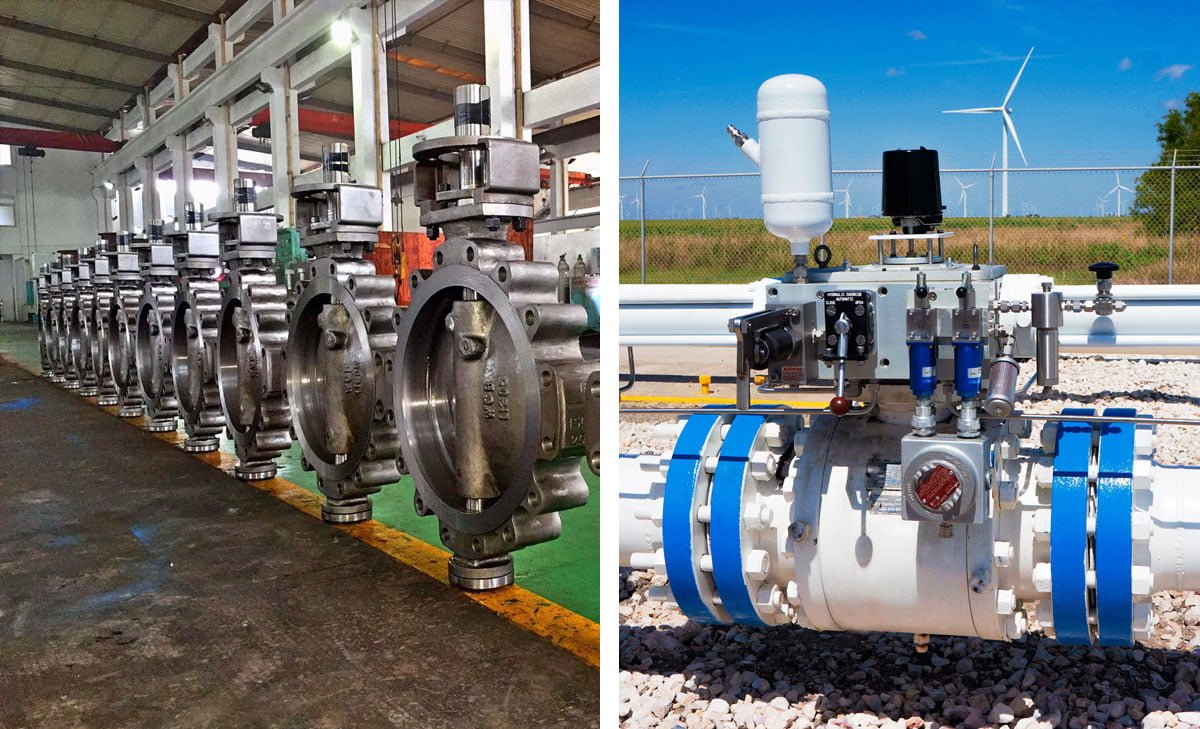Electric vs. Pneumatic Butterfly Valve Actuators: Choosing the Right Type

Table of Contents
ToggleMaking the Right Choice: Electric vs. Pneumatic Butterfly Valve Actuators
When it comes to choosing the right valve actuator for your application, electric and pneumatic butterfly valve actuators are the most prevalent types to consider. Electric valve actuators operate using electricity to produce motion, while pneumatic actuators utilize compressed air systems. Understanding the differences between these two types is crucial for making the right choice for your specific needs.
Electric actuators, which may run on AC or DC power, convert electrical energy (motorized valves) into the force needed to open or close the valve. They are commonly used for quarter-turn valves such as ball and butterfly valve actuators. On the other hand, pneumatic actuators use controlled compressed air systems to operate the valve, typically producing linear motion. Understanding the working principles and features of these actuators is essential for determining the most suitable option for your valve automation needs.
Understanding Valve Actuators
- Electric Butterfly Valve Actuators
- Utilize electric motors to drive the valve
- Offer precise control and positioning
- Require electrical power source
- Suited for applications where accurate regulation of flow is critical
- Generally have higher initial cost but lower maintenance requirements
- Pneumatic Butterfly Valve Actuators
- Operate using compressed air or gas
- Provide quick and powerful actuation
- Ideal for on/off applications or where fast response is needed
- Can be more cost-effective for larger valve sizes
- Regular maintenance of air supply system is necessary
- Choosing the Right Type
- Consider the specific application requirements such as flow control precision, response time, and available power sources
- Evaluate initial costs, long-term maintenance needs, and operational efficiency
- Assess environmental conditions and space limitations
- Consult with valve and actuator manufacturers for detailed recommendations
The Role of Butterfly Valve Actuators in Industrial Processes
Valve actuators play a crucial role in industrial processes by facilitating the movement of valves to control the flow of liquids, gases, and other substances in various applications. They essentially automate the function of valves, ensuring precise control and reliable operation.
Electric vs. Pneumatic Actuators
When it comes to valve actuators, electric and pneumatic actuators are the two common types used in industrial settings. Electric actuators utilize electrical power to drive the valve motion, offering precise control and automation. On the other hand, pneumatic actuators use compressed air or gas to actuate the valves, providing efficient and cost-effective operation.
In summary, understanding the significance of valve actuators and the differences between electric and pneumatic actuators is essential for choosing the right type based on specific industrial requirements.
Electric Butterfly Valve Actuators
How Electric Actuators Work
Electric butterfly valve actuators are powered by electricity, converting electrical energy into mechanical motion to control the valve’s position. It involves a motor that drives the valve through the necessary rotation to open or close the valve. The motor is typically controlled by an electrical signal, allowing for precise modulation of the valve’s position.
Advantages of Electric Butterfly Valve Actuators
Electric actuators offer several advantages, including precise control over the valve position, adjustable speed and torque, and the ability to integrate with automation systems for remote operation and monitoring. They also require minimal maintenance and have a long lifespan, making them a cost-effective choice in the long run.
Limitations and Considerations for Electric Actuators
Despite their numerous benefits, electric actuators have limitations. They depend on a power source, so they may not be suitable for applications where electricity is unreliable or unavailable. Additionally, they can be more expensive upfront compared to pneumatic actuators. It’s important to consider the specific requirements of the application and the availability of power sources before choosing an electric actuator.
Pneumatic Butterfly Valve Actuators
Pneumatic actuators, a type of butterfly valve actuator, are an essential component in the operation of butterfly valves. These devices are powered by compressed air, converting the energy into motion to control the valve disc’s position. This section will delve into the functionality, benefits, and drawbacks of pneumatic actuators in the context of butterfly valves.
Functionality of Pneumatic Actuators
Pneumatic actuators operate by utilizing the force of compressed air to control the opening and closing of the butterfly valve. When air is supplied to the actuator, it generates the torque necessary to rotate the valve stem and adjust the position of the disc. This mechanism allows for precise control over fluid flow, making pneumatic actuators suitable for various industrial applications.
Benefits of Using Pneumatic Butterfly Valve Actuators
- Fast Response Time: Pneumatic actuators offer quick response times, enabling rapid adjustments to flow rates and pressure levels.
- Reliability: With fewer moving parts compared to other actuation methods, pneumatic actuators are known for their reliability and long-term performance.
- Suitable for Hazardous Environments: Pneumatic actuators are often preferred in hazardous environments due to their non-electrical operation and robust design.
- Cost-Effectiveness: These actuators are relatively economical to install and maintain, providing efficiency without significant expense.
Drawbacks of Pneumatic Actuators
- Dependence on Air Supply: The functionality of pneumatic actuators is reliant on a stable and clean air supply, which may require additional attention to ensure consistent performance.
- Limited Adjustability: Fine adjustments may be challenging with pneumatic actuators, especially when compared to electronic or hydraulic alternatives.
- Potential for Air Leaks: The presence of pneumatic pressure increases the risk of air leaks, necessitating proactive monitoring and maintenance.
In summary, pneumatic butterfly valve actuators offer rapid and reliable operation, making them a preferred choice for many industrial scenarios. However, their reliance on consistent air supply and limitations in precision adjustment should be considered when evaluating actuation options.
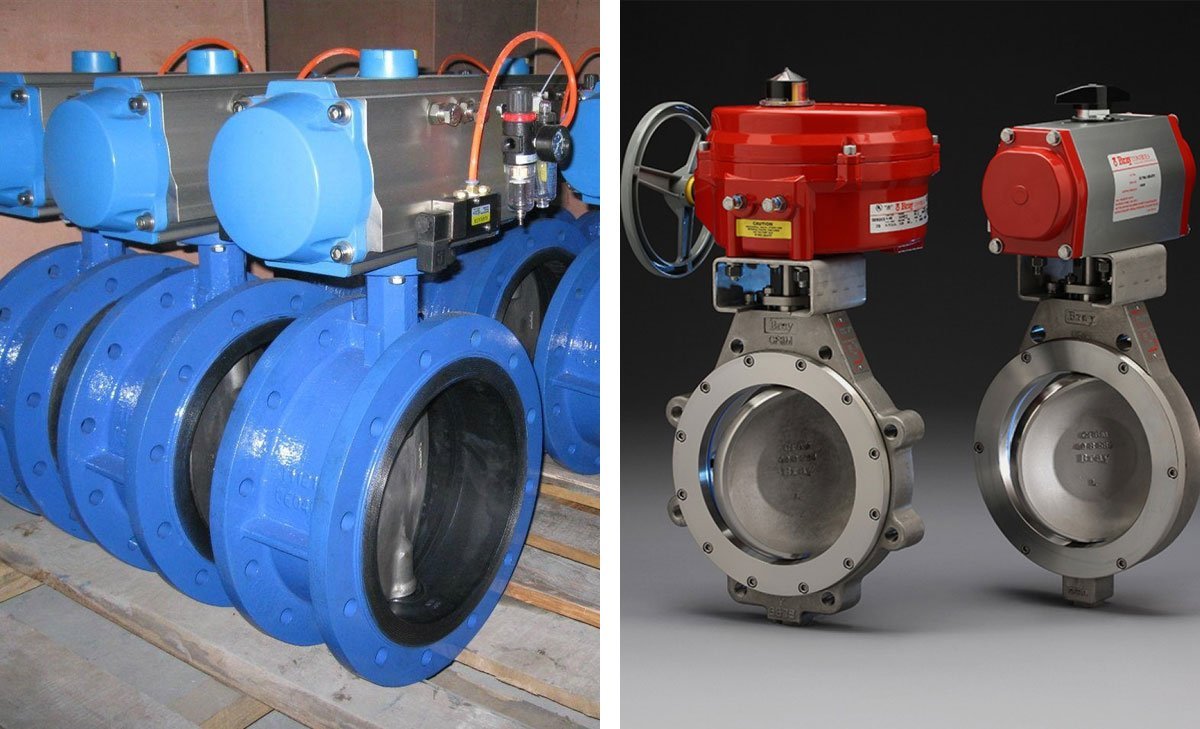
Factors to Consider When Choosing an Actuator
When selecting an actuator, several key factors must be taken into account to ensure the right choice is made for your specific application.
Operating Environment and Power Source Availability
Consider the operating environment and the availability of power sources. Is the actuator going to be used in a harsh environment? Will it be exposed to extreme temperatures, moisture, or corrosive substances? Additionally, assess the availability of power sources. Are electric power sources readily available, or would a pneumatic power source be more suitable for the application?
Control and Speed Requirements for Butterfly Valve Actuators
Evaluate the control and speed requirements for the actuator. What level of precision and speed is needed for the application? Different actuators offer varying degrees of control and speed, so it’s crucial to align these requirements with the capabilities of the chosen actuator.
Safety and Reliability Concerns
Safety and reliability are paramount when choosing an actuator. Consider whether the actuator needs to meet specific safety standards or certifications. Additionally, assess the reliability of the actuator in the intended application. Will it be able to operate consistently and safely over its expected lifespan?
Cost-Effectiveness and Maintenance
Assess the cost-effectiveness and maintenance requirements of the actuator. Consider the initial cost of the actuator as well as the long-term maintenance and operational costs. Will the chosen actuator provide a cost-effective solution for the application? Additionally, evaluate the maintenance needs of the actuator to ensure it aligns with your operational capabilities and resources.
Taking into account these factors will help guide the selection of the most suitable actuator for your specific application, ensuring optimal performance, efficiency, and longevity.
Application-Specific Considerations
When evaluating the right type of valve actuator for a specific application, various factors come into play. Understanding when to choose an electric actuator versus a pneumatic actuator is crucial for optimal performance. Additionally, industry-specific examples and recommendations can provide valuable insights for decision-making.
When to Choose an Electric Actuator
Electric actuators are ideal for applications that require precise control and automation. These actuators offer smooth and accurate positioning, making them suitable for industries such as pharmaceuticals, food and beverage, and water treatment, where precision is paramount. Electric actuators also excel in applications where space is limited, as they are generally more compact than pneumatic counterparts.
When to Opt for a Pneumatic Actuator
Pneumatic actuators are the preferred choice for high-speed and high-force applications. Industries such as oil and gas, chemical processing, and power generation benefit from the rapid response and robust performance of pneumatic actuators. Their ability to generate high torque makes them suitable for heavy-duty applications, especially in harsh or explosive environments where electric equipment may pose safety concerns.
Industry-Specific Examples and Recommendations
In the oil and gas industry, pneumatic actuators are commonly used in pipeline valves due to their ability to quickly open or close large valves in emergency shutdown situations. On the other hand, electric actuators find favor in pharmaceutical manufacturing plants, where precise and repeatable valve control is essential for maintaining stringent process parameters.
When it comes to selecting the right valve actuator, considering the specific requirements of the industry and application is key. Consulting with industry experts and manufacturers can provide valuable insights into the most suitable actuator type for a given application.
Installation and Maintenance of Butterfly Valve Actuators
Best Practices for Installation
When installing butterfly valve actuators, it’s crucial to ensure that the mounting bracket and actuator are properly aligned and securely fastened to prevent any misalignment issues. Additionally, the actuator should be installed in a location that allows easy access for maintenance and adjustments. It’s important to follow the manufacturer’s guidelines and use the recommended tools for installation to guarantee a smooth and trouble-free setup.
Routine Maintenance for Optimal Performance
To maintain optimal performance of valve actuators, regular maintenance is essential. This includes lubricating moving parts, inspecting for any signs of wear or damage, and checking for proper alignment. It’s also crucial to test the actuator’s functionality periodically to ensure it operates smoothly and responds accurately to control signals. Adhering to a routine maintenance schedule will prolong the lifespan of the actuator and minimize the risk of unexpected failures.
Troubleshooting Common Issues
Common issues with valve actuators can include irregular movement, excessive noise, or failure to respond to control signals. When troubleshooting these issues, start by checking for any obstructions or mechanical issues that may be impeding the actuator’s movement. Additionally, inspect the electrical connections and control signals to identify any potential issues. It’s important to refer to the manufacturer’s troubleshooting guide for specific diagnostic steps and solutions to common actuator issues. Regularly updating the actuator’s firmware and software can also help address performance issues and ensure compatibility with control systems.
Conclusion
In conclusion, when choosing between electric and pneumatic butterfly valve actuators, it is crucial to consider the specific requirements of your application. Electric actuators are powered by electricity and are suitable for quarter-turn valves, such as ball and butterfly valves. On the other hand, pneumatic actuators use compressed air systems and are ideal for generating the force needed to operate valves. Evaluating factors such as control precision, environmental conditions, and power source availability will help you make an informed decision on the right type of valve actuator for your application.


